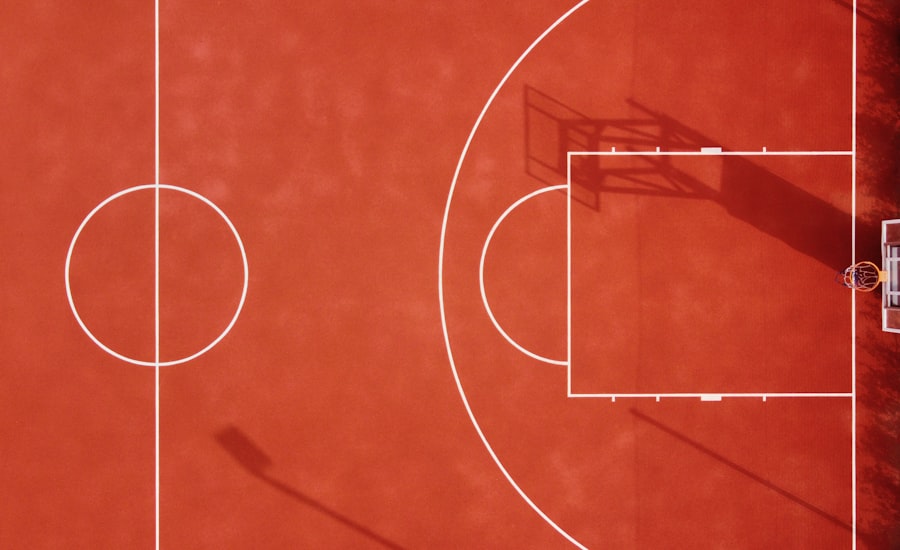Download links
How to install The Science of Bouncing Ball Dynamics APK?
1. Tap the downloaded The Science of Bouncing Ball Dynamics APK file.
2. Touch install.
3. Follow the steps on the screen.
Description
The phenomenon of a bouncing ball is a captivating interplay of physics that has intrigued scientists, engineers, and sports enthusiasts alike. At its core, the dynamics of a bouncing ball encapsulate fundamental principles of motion, energy transfer, and material behavior. When a ball is dropped from a height, it undergoes a series of transformations as it interacts with the ground, converting potential energy into kinetic energy and vice versa.
This simple yet complex behavior serves as an excellent case study for understanding broader concepts in mechanics and material science. Bouncing ball dynamics can be observed in various contexts, from the playful antics of children in a park to the precision required in professional sports. The study of how balls bounce not only enhances our understanding of physical laws but also informs the design of sports equipment, safety gear, and even industrial applications.
By delving into the intricacies of how and why balls bounce, we can gain insights into energy conservation, elasticity, and the impact of different materials on performance.
Key Takeaways
- Bouncing ball dynamics is the study of the behavior of balls when they are dropped or thrown and bounce off a surface.
- The physics of bouncing balls involves understanding concepts such as energy transfer, elasticity, and the effects of gravity and air resistance.
- Factors affecting bouncing ball dynamics include the surface on which the ball bounces, the angle and force of impact, and the shape and material of the ball.
- Material properties such as elasticity, density, and surface texture play a significant role in determining how a ball will bounce.
- Bouncing ball dynamics has real-world applications in fields such as engineering, architecture, and sports, and continues to be an area of active research and development.
The Physics of Bouncing Balls
At the heart of bouncing ball dynamics lies the principle of conservation of energy. When a ball is dropped, it possesses gravitational potential energy proportional to its height above the ground. As it descends, this potential energy is converted into kinetic energy, which is the energy of motion.
Upon striking the ground, the ball compresses, storing some of this kinetic energy as elastic potential energy. The efficiency with which this energy is converted back into kinetic energy determines how high the ball will bounce after impact. The coefficient of restitution (COR) is a critical parameter in this context, quantifying the elasticity of collisions between the ball and the surface.
It is defined as the ratio of the speed after the collision to the speed before the collision. A COR value of 1 indicates a perfectly elastic collision, where no kinetic energy is lost, while a value less than 1 signifies an inelastic collision, where some energy is dissipated as heat or sound. For instance, a basketball typically has a COR around 0.7 to 0.8, meaning it retains about 70-80% of its kinetic energy after bouncing.
This property is essential for understanding how different balls behave on various surfaces.
Factors Affecting Bouncing Ball Dynamics

Several factors influence the dynamics of a bouncing ball, including the height from which it is dropped, the surface it impacts, and environmental conditions such as temperature and humidity. The initial drop height directly affects the potential energy available for conversion into kinetic energy; thus, a higher drop results in a more vigorous bounce. However, this relationship is not linear due to energy losses during impact.
The type of surface on which the ball bounces plays a significant role in determining its rebound height. Hard surfaces like concrete or hardwood floors provide minimal energy loss during impact, allowing for higher bounces compared to softer surfaces like grass or sand, which absorb more energy. Additionally, environmental factors such as temperature can affect both the air pressure within the ball and the properties of the surface it strikes.
For example, a rubber ball may bounce higher on a warm day when it is more elastic compared to a cold day when it becomes stiffer.
The Role of Material Properties in Bouncing Ball Dynamics
| Material Property | Impact on Bouncing Ball Dynamics |
|---|---|
| Elasticity | Higher elasticity results in higher bounce height |
| Surface Texture | Smoother surfaces result in more predictable bounces |
| Density | Higher density leads to lower bounce height |
| Temperature | Colder temperatures can reduce bounce height due to decreased elasticity |
The materials used in constructing a ball significantly influence its bouncing characteristics. Different materials exhibit varying degrees of elasticity, hardness, and internal damping, all of which affect how a ball behaves upon impact. For instance, a tennis ball is made from rubber with a felt covering that provides both grip and aerodynamic properties.
The rubber core allows for significant deformation upon impact, storing elastic potential energy that contributes to its bounce. Moreover, the thickness and composition of the ball’s outer layer can also affect its performance. A basketball’s surface is designed to provide optimal grip while maintaining sufficient elasticity for effective bouncing.
In contrast, a golf ball features dimples that enhance its aerodynamic properties but also influence how it interacts with surfaces during impact. Understanding these material properties allows manufacturers to tailor balls for specific sports or applications, optimizing performance based on desired characteristics such as bounce height and control.
Real-World Applications of Bouncing Ball Dynamics
The principles governing bouncing ball dynamics extend beyond recreational activities and sports; they have practical applications in various fields such as engineering, safety design, and robotics. For instance, understanding how balls bounce can inform the design of safety equipment like helmets and padding used in sports and construction. By simulating impacts and analyzing energy absorption characteristics, engineers can create materials that effectively dissipate energy during collisions.
Researchers are exploring how robots can mimic biological systems that utilize bouncing for locomotion, such as kangaroos or certain types of insects. By integrating principles from bouncing ball dynamics into robotic design, engineers can enhance mobility and efficiency in challenging environments.
Bouncing Ball Dynamics in Sports

In the realm of sports, understanding bouncing ball dynamics is crucial for optimizing performance and enhancing gameplay. Different sports require specific characteristics from their balls to ensure fair play and competitive balance. For example, in basketball, players rely on consistent bounce height and control to execute dribbling and shooting techniques effectively.
The design of basketballs takes into account factors such as weight distribution and surface texture to achieve these desired properties. Similarly, in tennis, players must adapt their strategies based on how different balls behave on various court surfaces—grass, clay, or hard courts—each affecting bounce height and speed differently. The International Tennis Federation regulates specifications for tennis balls to ensure uniformity across competitions.
This regulation includes parameters such as weight, size, and bounce characteristics to maintain fairness among players.
The Future of Bouncing Ball Dynamics Research
As technology advances, research into bouncing ball dynamics continues to evolve, opening new avenues for exploration and application. One area of interest is the development of smart materials that can adapt their properties based on environmental conditions or user input. These materials could lead to balls that adjust their bounce characteristics dynamically depending on factors like temperature or humidity.
Additionally, advancements in computational modeling and simulation techniques allow researchers to analyze complex interactions between balls and surfaces with greater accuracy than ever before.
Furthermore, interdisciplinary collaborations between physicists, material scientists, and engineers are likely to yield innovative solutions that leverage insights from bouncing ball dynamics across diverse fields.
The Impact of Bouncing Ball Dynamics on Science and Technology
The study of bouncing ball dynamics serves as a microcosm for understanding broader scientific principles while also having tangible implications across various industries. From enhancing athletic performance to informing safety designs and advancing robotics, the insights gained from analyzing how balls bounce have far-reaching consequences. As research continues to progress in this field, we can expect further innovations that harness these principles to improve technology and enhance our understanding of motion and material behavior in everyday life.
FAQs
What is a bouncing ball?
A bouncing ball is a small, round object that is designed to rebound off of surfaces when dropped or thrown.
What is the science behind a bouncing ball?
The science behind a bouncing ball involves the transfer of kinetic energy from the ball to the surface it bounces off of, causing it to rebound.
What materials are bouncing balls typically made of?
Bouncing balls are typically made of rubber or similar elastic materials that allow them to rebound when they come into contact with a surface.
What are some common uses for bouncing balls?
Bouncing balls are commonly used as toys, in sports such as basketball and tennis, and in various physics experiments to demonstrate principles of motion and energy transfer.
How does the height from which a bouncing ball is dropped affect its bounce?
The height from which a bouncing ball is dropped affects its bounce by influencing the amount of potential energy it has when it makes contact with the surface, which in turn affects the height of its rebound.





